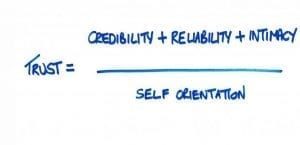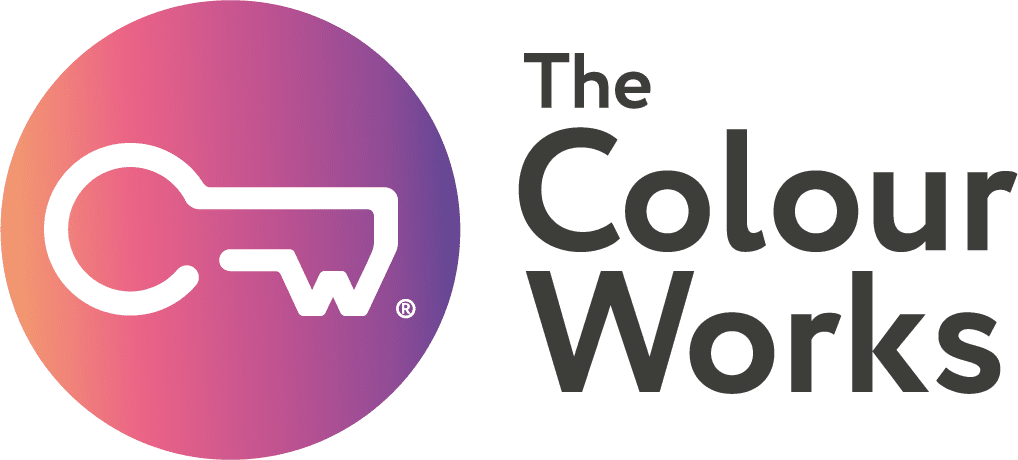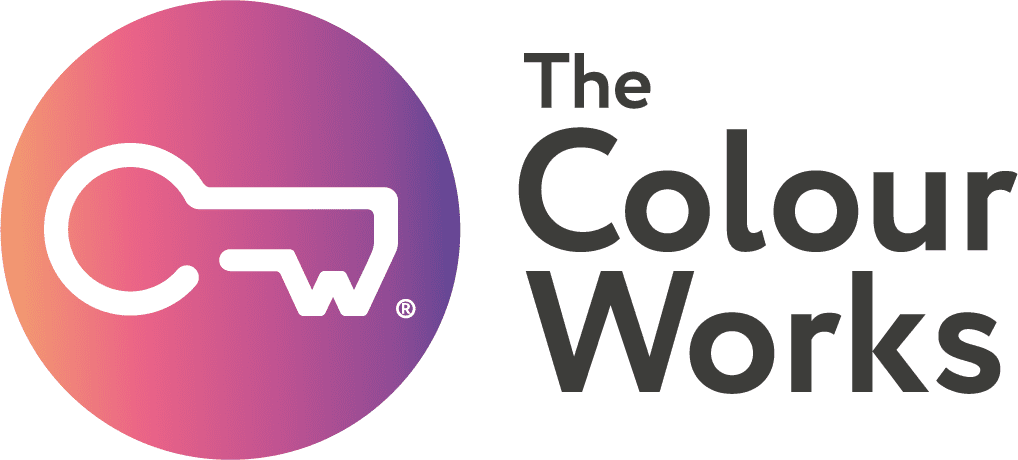Why not view our solutions on teamwork today?
Leadership and teamwork. They aren’t two different issues, they are two veins of one interconnected system which supports the profitability and productivity of an organisation. They inform each other. We naturally tackle the topics separately because labelling and grouping aids analysis and understanding, but when what we’re talking about is people, surely there is a benefit to discussing the connection between the two and how the puzzle fits together?
What good is a list of ingredients without the relevant recipe? Teams and their leaders, leaders and their teams, they are mutually dependent; the greatest team full of inspired individuals flounders without the presence of a leader, and an agile leader armed with a motivating vision is nothing without their people standing beside them.
Common blockers to team excellence
A lack of trust – if I don’t trust you, I am not happy feeling vulnerable or taking risks around you (imperative to creative thinking and problem solving), asking you for help or indeed offering any. And we all know the gutting feeling of having to depend on a team member who either always lets you down and/or you’re not certain has your back.
 Conflict avoidance and destructive conflict patterns – I daren’t raise a challenge even though I completely disagree with what you’re saying. Conflict is healthy, unless taken personally which it so often is when there’s an absence of trust. We all hold wildly different perceptions and values, it’s natural and it’s bound to happen; conflict is reality-checking, it’s stretching boundaries and challenging the status quo. It’s being creative and coming up with much more robust decisions and solutions.
Conflict avoidance and destructive conflict patterns – I daren’t raise a challenge even though I completely disagree with what you’re saying. Conflict is healthy, unless taken personally which it so often is when there’s an absence of trust. We all hold wildly different perceptions and values, it’s natural and it’s bound to happen; conflict is reality-checking, it’s stretching boundaries and challenging the status quo. It’s being creative and coming up with much more robust decisions and solutions.
Unverified competence and a lack of transparency – what does Jim in Marketing actually do all day? An individual who fails to get things done or appears to have no or little capability will not achieve the respect of team members. Credibility is a core element in the trust equation.
Clashing (uncommunicated) values – Janet values punctuality. Jim-in-Marketing’s bus route has been holed up with roadworks for the past week and he’s been late three times. Janet thinks Jim is lazy and cannot BELIEVE he’s up for a promotion. Jim doesn’t know that Janet even knew his name. Claire (Janet and Jim’s boss) is fine with Jim’s lateness as Jim has been staying later after work to catch up, and Claire is going to promote Jim because he’s really good at his job.
Too little time spent together – I barely know you so, even though I’ve seen you working hard and being friendly, I don’t yet know if we get on/you’d have my back/I could trust you. Time is liquid gold, but leaders who don’t create opportunities for teams to get to know each other spend more time dealing with people issues than driving the business forward. Another level of respect, alongside competence, is borne out of predictability, and predictability comes with time.
Bottom line: Teamwork is tough. Leading teams is tough. People are thankfully all different, lending strength to the team, but also have different needs that get in the way of understanding each other. We are wasting so much valuable time on dangerously ineffective communication.
The answer? Give your people, leaders and teams, a way of doing just that – invest sufficient time in getting to fully understand each other and, in doing so, promote healthy conflict, trust and transparency, and start to transform your teams from the off.
The Insights Discovery profiling system and colour energies
As well as time to get to know each other, the opportunity to use a simple, easy to remember and accessible tool to not just change perceptions but get to the bottom of communication blockers can work absolute wonders. A psychometric tool based on the psychology of Carl Jung, Insights Discovery is built to help people understand themselves, understand others, and make the most of the relationships that affect them in the workplace. (Read more here).
Cool Blue Energy in Leadership on a ‘good day’ is diligent, consistent, thoughtful, principled and objective. On a ‘bad day’, those leading with this colour energy might over-analyse, get stuck in intellectual deadlock, adhere rigidly to protocol, nit-pick and drown themselves or others in detail.
Fiery Red Energy in Leadership on a ‘good day’ is determined, focused, proactive, courageous and purposeful. ‘Bad day’ descriptors include coming across as overly direct, dismissing others’ opinions, being coercive and taking over.
Sunshine Yellow Energy in Leadership on a ‘good day’ is empowering, engaging, encouraging, adaptable and dynamic. On a ‘bad day’, individuals with high levels of this colour energy may appear easily side-tracked, lacking in focus, taking on too much and over-involving of others.
Earth Green Energy in Leadership on a ‘good day’ is appreciative, respectful, valuing, service-orientated and accommodating. On their ‘bad days’, this energy may be seen to be losing direction, extremely indecisive and submissive and trying to please everyone.
The aim of the game here is to create appreciation for the different styles and give teams and leaders a common language with which to build strong, trusting relationships that benefit the individual, team and ultimately the organisation as a whole. It’s simple to see how quickly and easily these differences in people’s behavioural styles can become blockers to understanding each other –
“We see the world not as it is, but as we are”
Stephen Covey
– thereby destroying any sense of ‘team’. Work with us to overcome these blockers and unleash the potential sat in front of you.
Read more about trust, the Insights Discovery colour energies, agile leadership, measuring teamwork and emotional intelligence
Related Articles
Are You Even Remotely Interested?
What’s Your Remote Working Style? Over the last year our skills, knowledge, creativity, behaviour, motivation, patience and resilience have all …
Read MoreTED Talk: Teresa Amabile – The Progress Principle
We previously outlined the work of Teresa Amabile and Steven Kramer, who researched the relationship between making progress and feeling …
Read MoreSo, you’ve run a team satisfaction survey – now what?
Running a team satisfaction survey is a prelude to taking action. Without action there is no progress, and without progress, …
Read More






